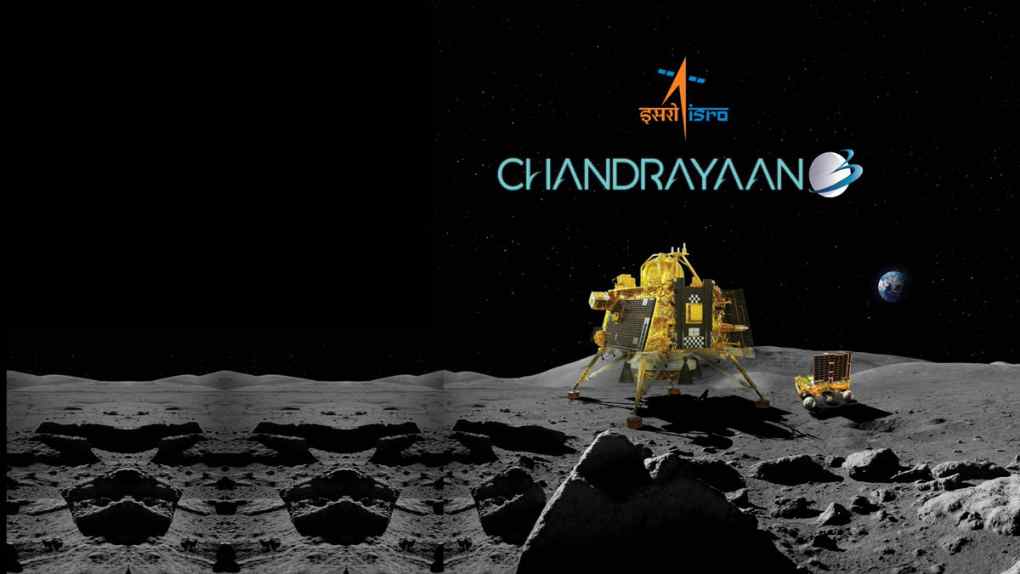The success of Chandrayaan 3 latest news is a team effort, and it is difficult to single out one person as being the most important. However, some of the key people who have played a significant role in the mission include,
Who is most important for the success
K Sivan, the former Chairman of the Indian Space Research Organisation (ISRO). He was the driving force behind Chandrayaan-3 and played a key role in its planning and execution.
The ISRO, scientists and engineers who have worked tirelessly to develop and build the Chandrayaan-3 spacecraft. They have overcome many challenges to make the mission a success.
The Indian government, which has provided the funding and support for Chandrayaan-3.
The international scientific community, which has provided valuable insights and expertise to the mission.
The success of Chandrayaan-3 is a testament to the hard work and dedication of all of these individuals and organizations. It is a proud moment for India and a significant step forward in our understanding of the Moon.
In addition to the people mentioned above, there are many other individuals who have contributed to the success of Chandrayaan-3. These include the technicians who assembled the spacecraft, the ground controllers who operated it, and the scientists who analyzed the data it collected.
Every one of these people played a vital role in making the mission a success.
The success of Chandrayaan-3 is a reminder of the importance of teamwork and collaboration. It is also a testament to the power of human ingenuity and determination. When we work together, we can achieve great things.
What are India’s chances of Chandrayaan 3 success
The chances of India’s Chandrayaan 3 mission being successful are very high. The Indian Space Research Organisation (ISRO) has been preparing for this mission for many years, and the spacecraft has been thoroughly tested. The lander has also been redesigned to address the problems that led to the failure of the Chandrayaan-2 lander.
The ISRO has said that the chances of success are “exceedingly high”. Former ISRO Scientist Yagnaswami Sundara Rajan has also said that the chances of success are “very good”.
The main challenge for the Chandrayaan 3 mission will be the soft landing on the lunar surface. This is a very difficult task, and even the most experienced space agencies have had failures. However, the ISRO has a lot of experience in landing spacecraft on the Moon, and they have made a number of changes to the Chandrayaan 3 lander to improve its chances of success.
If the Chandrayaan 3 mission is successful, it will be a major achievement for India. It will make India only the fourth country to land a spacecraft on the Moon, and it will pave the way for future missions to the Moon and beyond.
Here are some of the factors that increase the chances of success for Chandrayaan 3:
The ISRO has a lot of experience in landing spacecraft on the Moon.
The Chandrayaan 3 lander has been redesigned to address the problems that led to the failure of the Chandrayaan-2 lander.
The ISRO has conducted extensive testing of the Chandrayaan 3 spacecraft.
The launch window for Chandrayaan 3 is very favorable.
The weather conditions on the Moon are favorable for a soft landing.
Of course, there is always a risk of failure in any space mission. However, the chances of success for Chandrayaan 3 are very high, and ISRO is confident that the mission will be a success.
Why did Chandrayaan 3 take 41 days?
Chandrayaan-3 took 41 days to reach the Moon because it used a slower, more gradual trajectory than the direct Translunar Injection used by the Apollo missions. This was necessary because the Chandrayaan-3 spacecraft was launched using a less powerful launch vehicle, the Geosynchronous Satellite Launch Vehicle (GSLV) Mark-III.
The GSLV Mark-III has a lower payload capacity than the Saturn V rocket that was used to launch the Apollo missions. This means that the Chandrayaan-3 spacecraft had to be launched into a lower orbit around Earth. From this orbit, it used a series of engine burns to gradually increase its speed and position itself for lunar insertion.
This more gradual trajectory took 41 days, but it allowed the Chandrayaan-3 spacecraft to reach the Moon with a higher margin of safety. It also allowed the ISRO to conduct a number of tests on the spacecraft during its journey to the Moon.
The Chandrayaan-3 mission is a major achievement for the ISRO. It is the first time that India has attempted to land a spacecraft on the Moon’s south pole. The mission is expected to provide valuable insights into the lunar geology and the search for water ice.
Here are the steps involved in the Chandrayaan-3 mission:
The Chandrayaan-3 spacecraft was launched into a low Earth orbit on July 14, 2023.
In this case, the lander is scheduled to land on the south pole of the moon at 6.04 pm today. Thus, the final stages of landing are the most challenging.
Orbiter instrument sent earlier by Chandrayaan 2 spacecraft interacted with current lander instrument. This makes it possible to exchange information.
Today, when the lander is 30 kilometers above the moon, attempts to land on the moon will begin and the lander will be traveling at a speed of 1.68 kilometers per second.
Monitoring the lander’s speed is essential as the Moon’s gravity plays an important role at that time. The last seven minutes of the lander’s approach to the moon are seen as crucial.
The Chandrayaan-3 mission is a major success for the ISRO. It is the first time that India has landed a spacecraft on the Moon’s south pole. The mission is expected to provide valuable insights into the lunar geology and the search for water ice.

